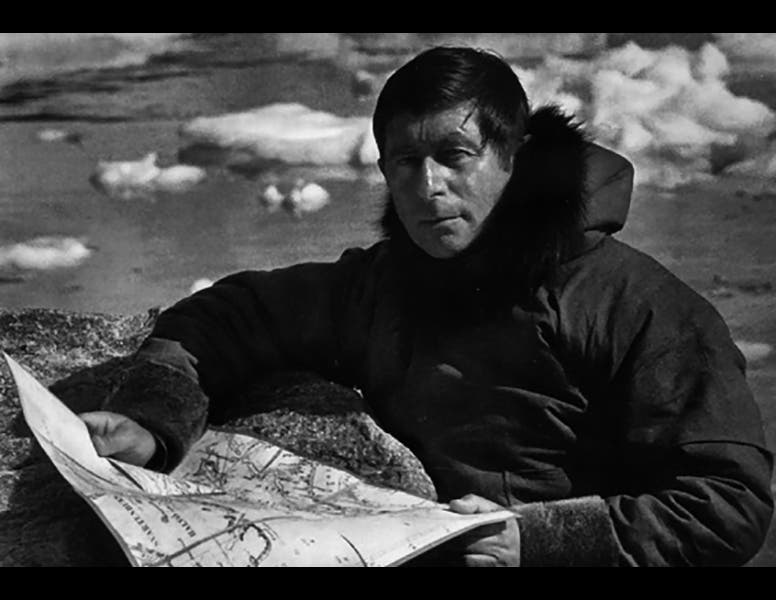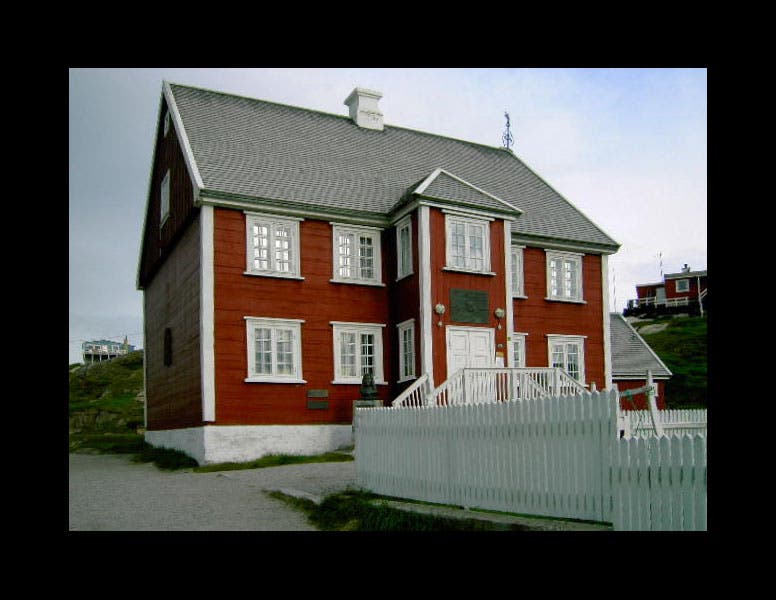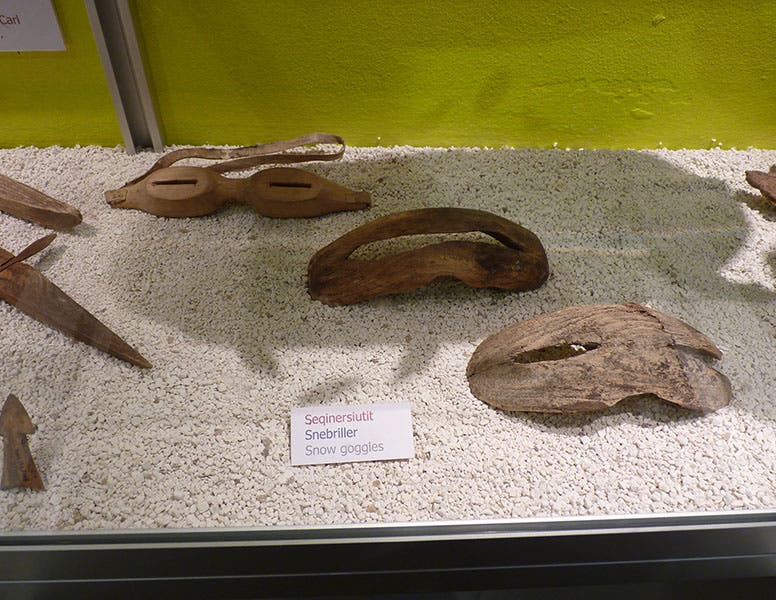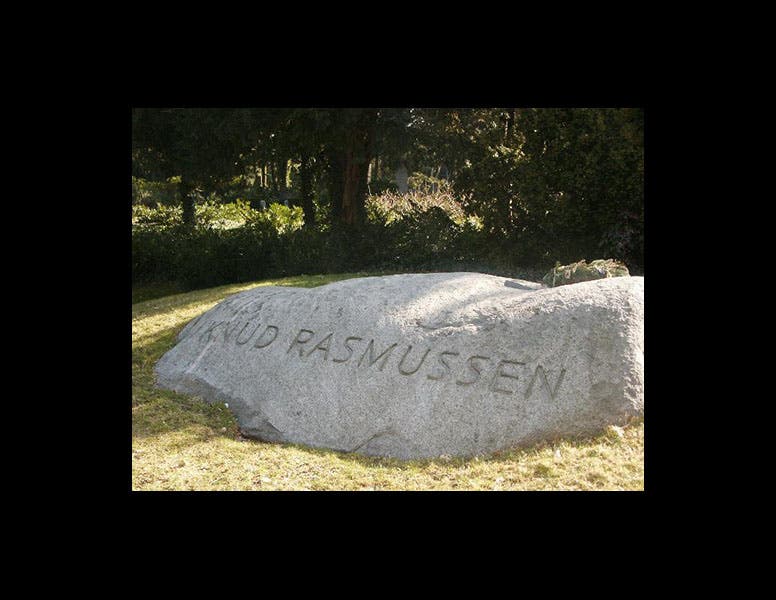Scientist of the Day - Knud Rasmussen
Knud Rasmussen, a Greenlandic/ Danish Arctic explorer and anthropologist, was born June 7, 1879. He is probably the most accomplished polar explorer that hardly anyone has heard of. In 1910, he set up a base at Cape York on Greenland's northwest coast (where Robert Peary had blatantly stolen the Cape York meteorite not many years before). He called the base Thule, after the ancient Roman term for the furthest north (Ultima Thule), and from there, over the course of the next 23 years, he proceeded to lead 7 expeditions, called the Thule expeditions, that explored the northern coast of Greenland. Rasmussen was particularly interested in Inuit culture and its origins--his mother was part Inuit, and Rasmussen spoke the language fluently. The Fifth Thule Expedition was the most famous, since in the course of his explorations, Rasmussen made it all the way to Nome, Alaska, thereby becoming the first person to navigate the entire Northwest Passage by dogsled.
Each of the expeditions produced a narrative--that of the Fifth Expedition was 10 volumes long-- and Rasmussen wrote books on Inuit culture as well, so it is surprising that we have not a single volume by Rasmussen in the Library. We will try to correct that imbalance with some future acquisitions.
Rasmussen brought back many Inuit artifacts from his journeys, and a number of them are preserved today in the Rasmussen Museum in his home town of Ilulissat on Greenland's western coast (third and fourth images). The building that houses the Museum was the house where Rasmussen was born; it also displays a modest bust of the explorer (fifth image). The name Ilulissat is better known than the town, since the nearby Ilulissat Icefjord spawns more icebergs than any other glacier in the world, moving about 100 feet a day; it is now a World Heritage Site. And although we call Ilulissat a town, with its 4500 inhabitants, it is in fact the third largest human settlement in all of Greenland. And a more charming place you will never see, even if it is 220 miles north of the Arctic circle (sixth image). You might be excused for wanting to leave right now to visit the Rasmussen Museum.
Rasmussen came down with acute food poisoning on the Seventh Thule Expedition in 1933; he was flown back to Copenhagen, where he died, at age 54. There is an appropriately rugged memorial stone in the Western Cemetery there (seventh image).
Dr. William B. Ashworth, Jr., Consultant for the History of Science, Linda Hall Library and Associate Professor, Department of History, University of Missouri-Kansas City. Comments or corrections are welcome; please direct to ashworthw@umkc.edu.













